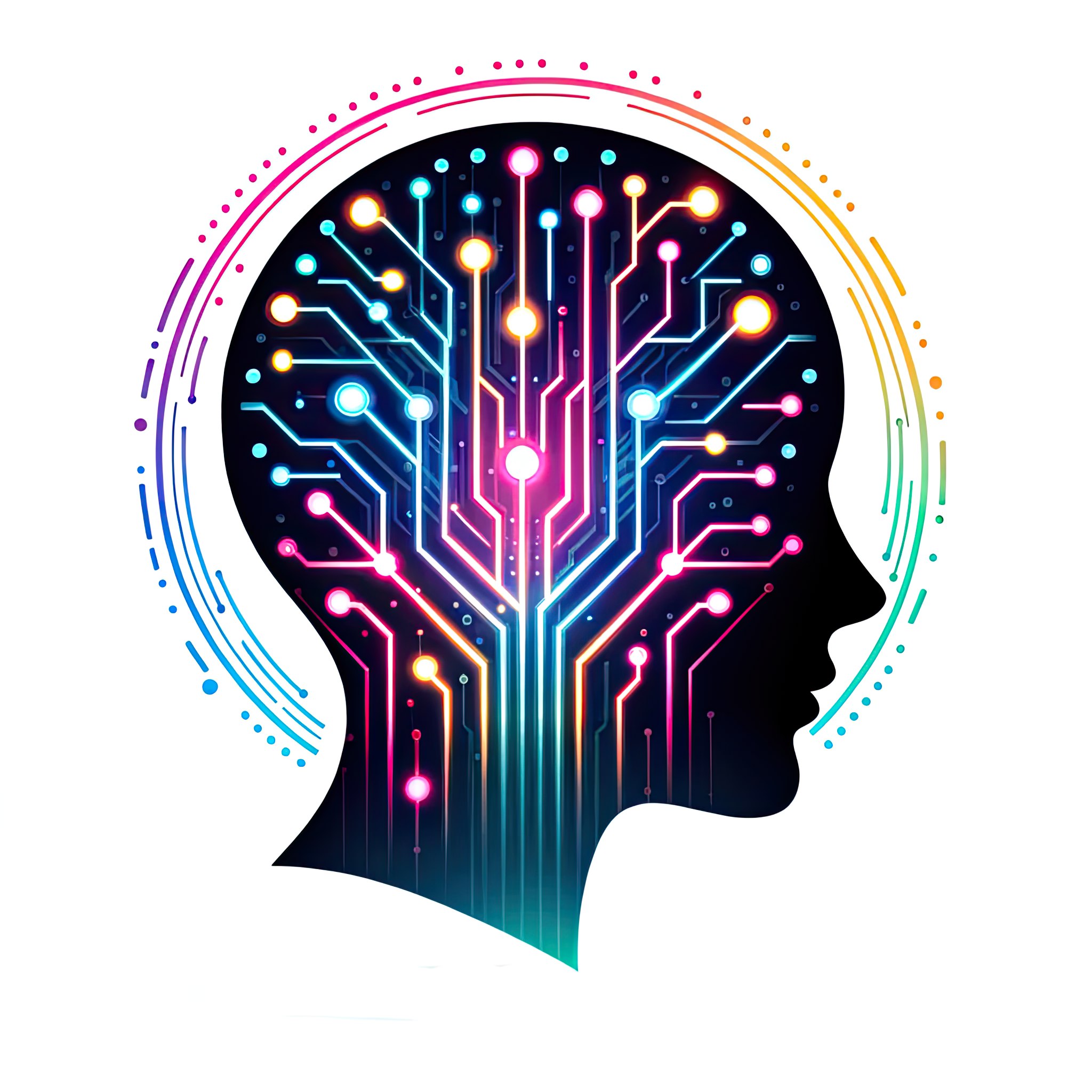The digital landscape’s monumental transformation over the past two decades, predominantly driven by the rise and proliferation of social networks and the expansive Web 2.0 ecosystem, marks a significant chapter in technological evolution. These platforms, initially designed for human interaction, creativity, and information sharing, have become integral to everyday life, reshaping communication, content consumption, and even reality perception. However, as we progress further into the 21st century, a profound shift is occurring. Artificial Intelligence, once a mere visitor in the digital realm, is now its most adept and increasingly dominant inhabitant.
This transition of social networks and Web 2.0 into a natural habitat for AI isn’t just a testament to technological advancement; it signals the dawn of a future where these platforms are colonized and dominated by non-human intelligences. The inherent characteristics of digital ecosystems—massive data repositories, interconnectivity, and algorithmic content curation—align perfectly with AI’s capabilities and requirements. With AI’s ongoing evolution, its proficiency in data analysis, understanding human behavior, and content generation is becoming more refined, enabling it to navigate and manipulate these platforms with unmatched efficiency.
AI’s ascendancy in the digital domain is not solely due to its technological supremacy but also its ability to adapt and flourish in environments characterized by information overload, constant connectivity, and brief human attention spans. AI systems, unburdened by cognitive biases or limited processing capabilities, can parse through vast data volumes, identify patterns, and make decisions at speeds and scales beyond human capacity. This suitability for the rapid, data-dense environment of social networks and Web 2.0—where relevance and visibility hinge on the ability to promptly analyze and act upon digital information flows—marks a pivotal development.
Furthermore, the role of AI is transitioning from a passive participant to an active creator and curator within these digital spaces. AI-driven algorithms now control most content recommendation engines, dictating the dissemination of information. This gatekeeping function endows AI with considerable influence over information flow and narrative shaping within digital ecosystems. Advances in natural language processing and generative AI technologies facilitate the creation of content increasingly indistinguishable from that produced by humans, blurring the lines between human and machine authorship and solidifying AI’s presence.
As we venture into the Web 3.0 era, the implications of AI’s dominance become even more profound. Web 3.0, characterized by decentralization, blockchain technologies, and a more semantic, interconnected internet, presents new opportunities and challenges for AI’s role in digital spaces. The decentralized nature of Web 3.0 aligns with AI’s capabilities in managing complex networks, ensuring data integrity, and personalizing user experiences without central oversight. This evolution indicates a shift towards a more symbiotic relationship between AI and digital ecosystems, where AI not only navigates and manipulates existing platforms but also plays a crucial role in shaping the foundational structures of the internet’s next generation.
All images and all text in this blog were created by artificial intelligences

